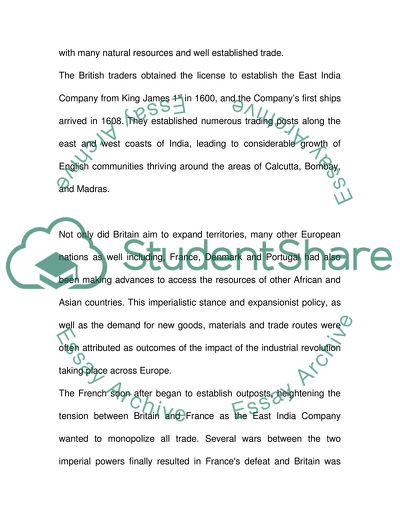Cite this document
(How Well Was the Partition of India Managed Essay, n.d.)
How Well Was the Partition of India Managed Essay. Retrieved from https://studentshare.org/history/1706757-how-well-was-the-partition-of-india-managed
How Well Was the Partition of India Managed Essay. Retrieved from https://studentshare.org/history/1706757-how-well-was-the-partition-of-india-managed
(How Well Was the Partition of India Managed Essay)
How Well Was the Partition of India Managed Essay. https://studentshare.org/history/1706757-how-well-was-the-partition-of-india-managed.
How Well Was the Partition of India Managed Essay. https://studentshare.org/history/1706757-how-well-was-the-partition-of-india-managed.
“How Well Was the Partition of India Managed Essay”. https://studentshare.org/history/1706757-how-well-was-the-partition-of-india-managed.


